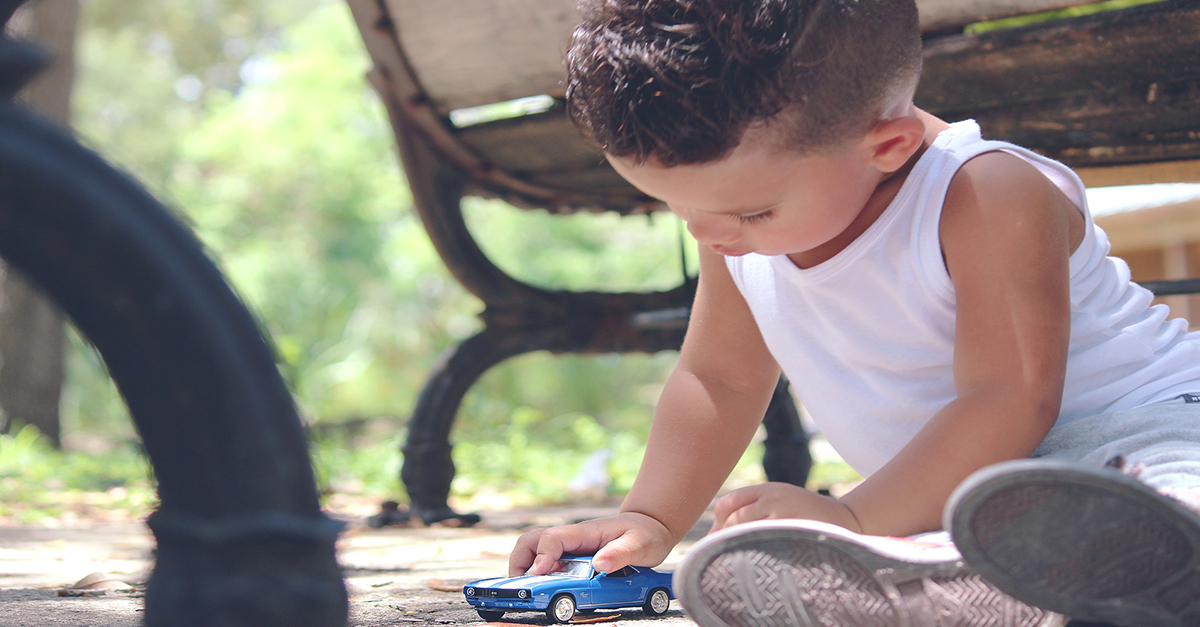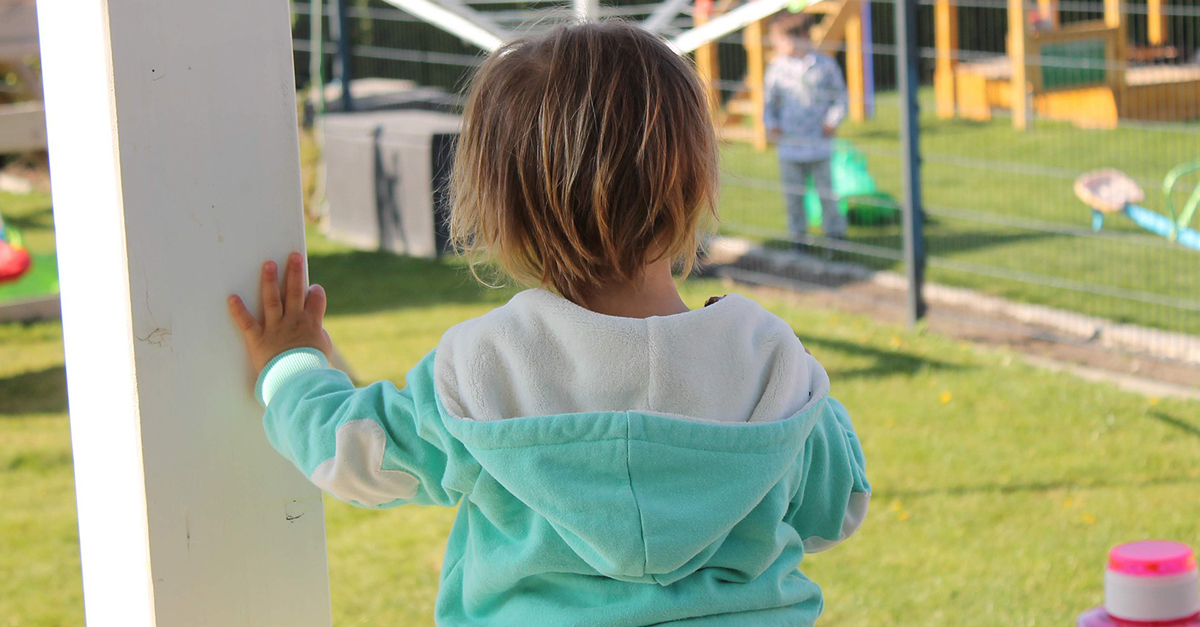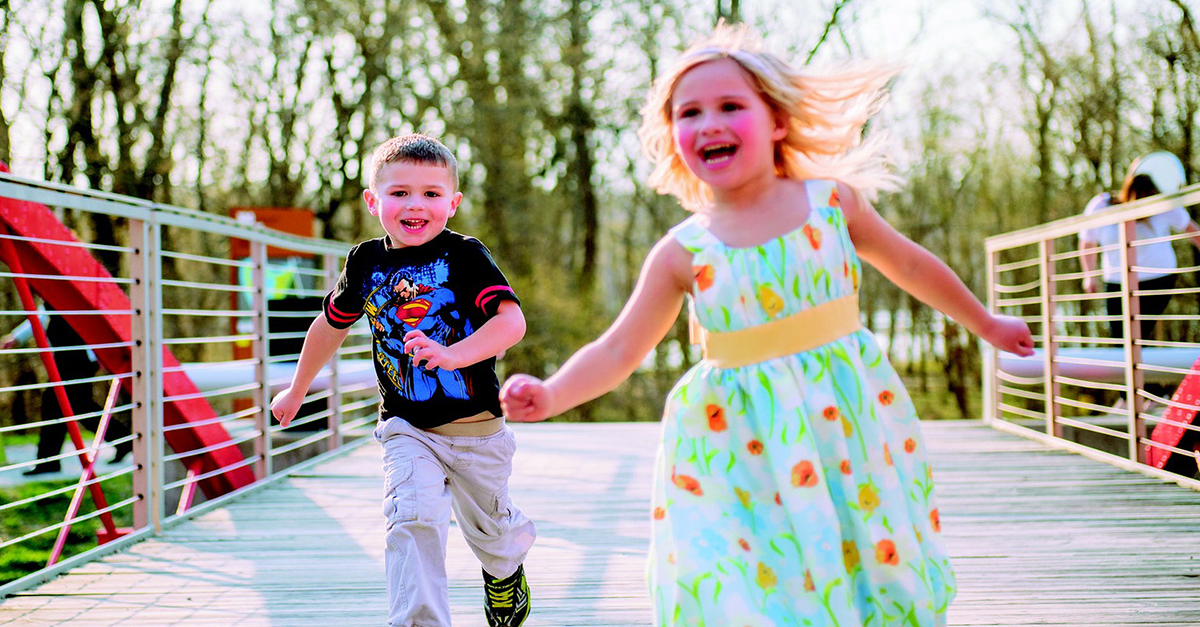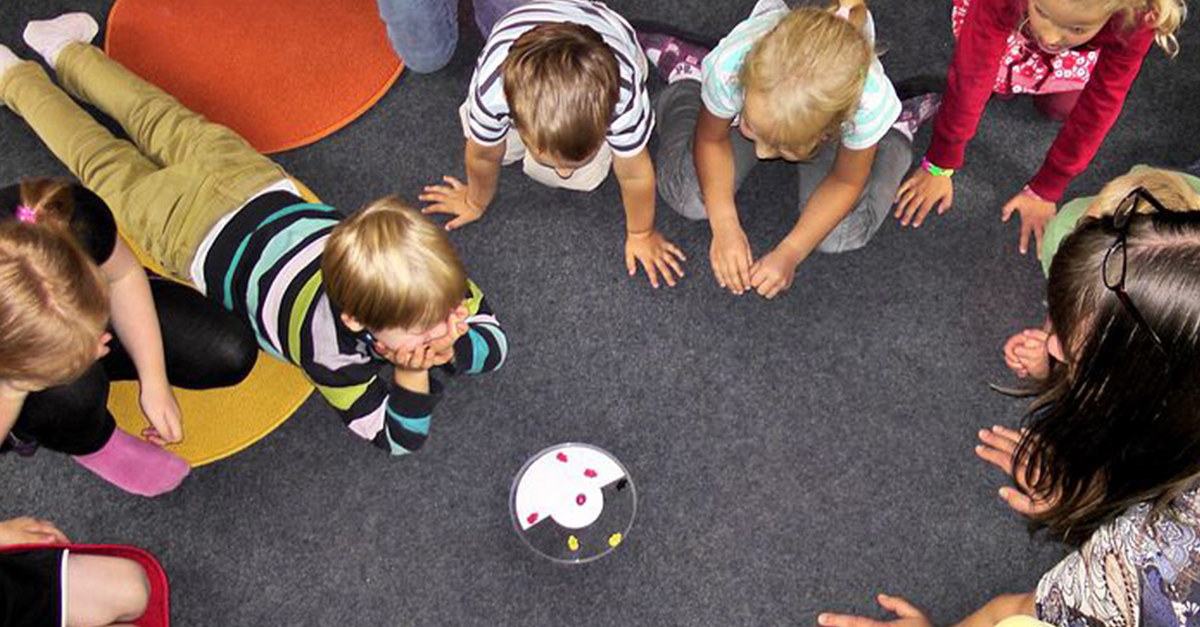There are 6 different types of play that children participate in over the course of their development.
The stages of play were developed by Mildred Parten. She discovered that children of different ages actually played together differently and they were capable of different levels or categories of social play.
Unoccupied Play – when the child is not playing, just observing.
For example: A child may be standing in one spot or performing random movements.

Solitary Play – when the child is alone and maintains focus on its activity.
For example: Such a child is uninterested in or is unaware of what others are doing. More common in younger children (age 2–3) as opposed to older ones.

Onlooker Play – when the child watches others at play but does not engage in it.
For example: The child may engage in forms of social interaction, such as a conversation about the play, without actually joining in the activity. This type of activity is also more common in younger children.

Parallel Play– when the child plays separately from others but close to them and mimicking their actions.
For example - This type of play is seen as a transitory stage from a socially immature solitary and onlooker type of play, to a more socially mature associative and cooperative type of play.

Associative Play – when the child is interested in the people playing but not in coordinating their activities with those people, or when there is no organized activity at all.
For example:There is a substantial amount of interaction involved, but the activities are not in sync.

Cooperative Play – when a child is interested both in the people playing and in the activity they are doing.
For example: In cooperative play, the activity is organized, and participants have assigned roles. There is also increased self-identification with a group, and a group identity may emerge e.g would be dramatic play activities with roles, like playing school, or a game with rules, such as freeze tag.

As children become older and improve their verbal communication skills, there are more opportunities for children to interact with their peers and social play becomes apparent over non-social types of play.
The categories of social play are a useful tool to help us focus on how social play changes and develops at different stages of children’s lives.
Reference:
Parten's Stages Of Play, Wikipedia
